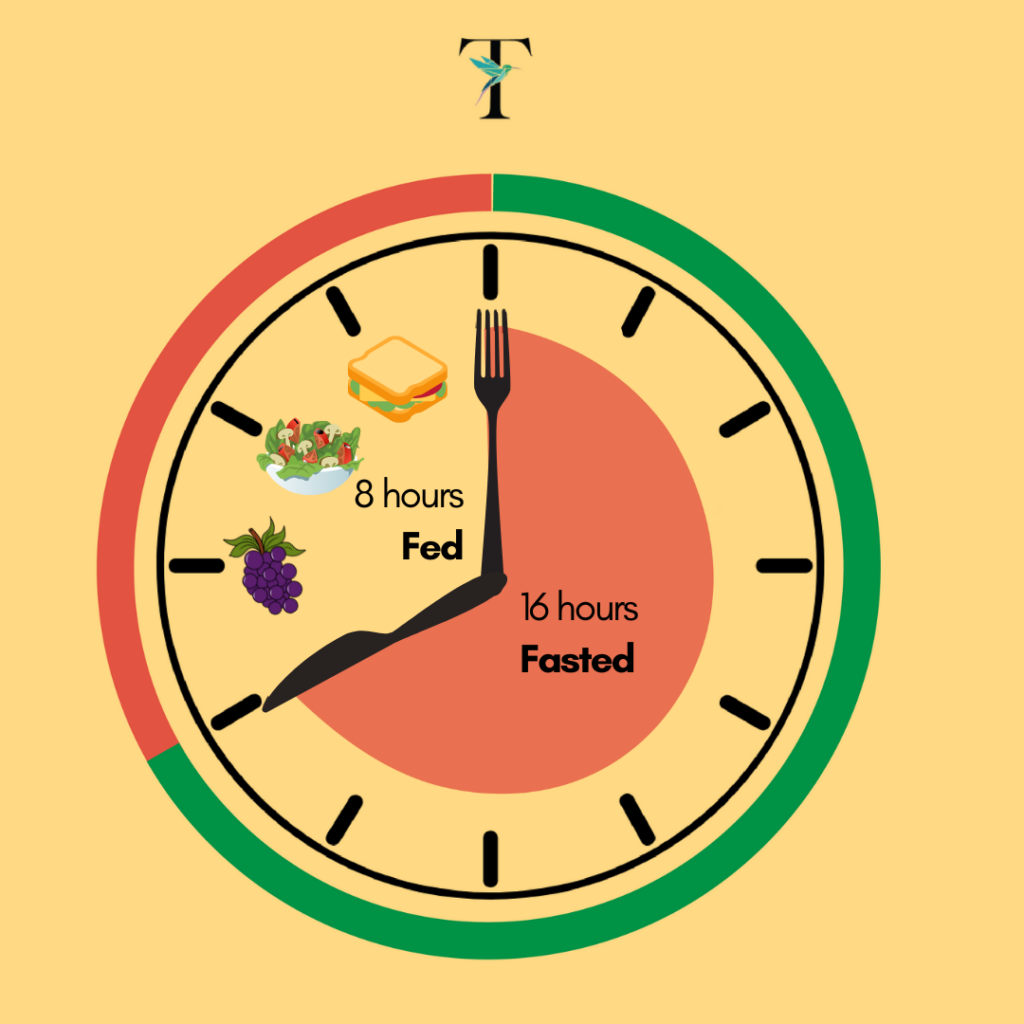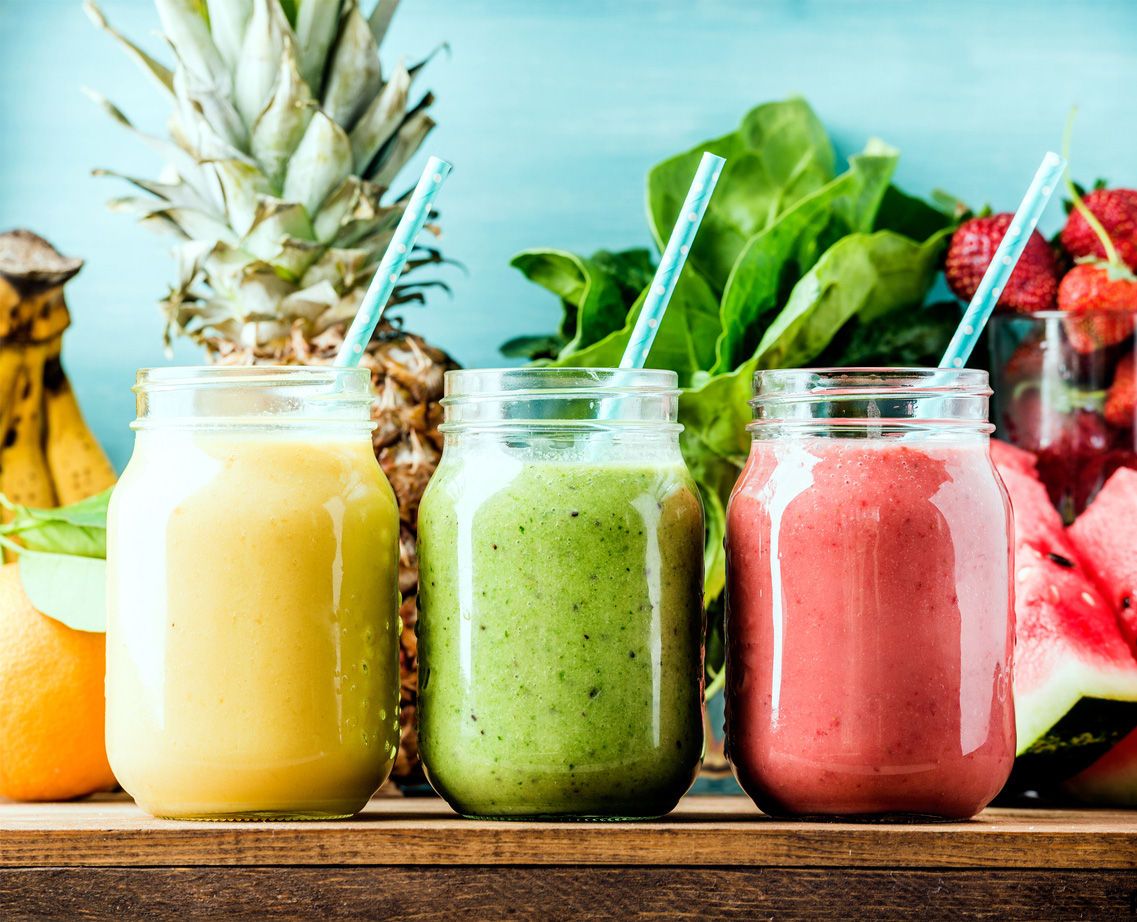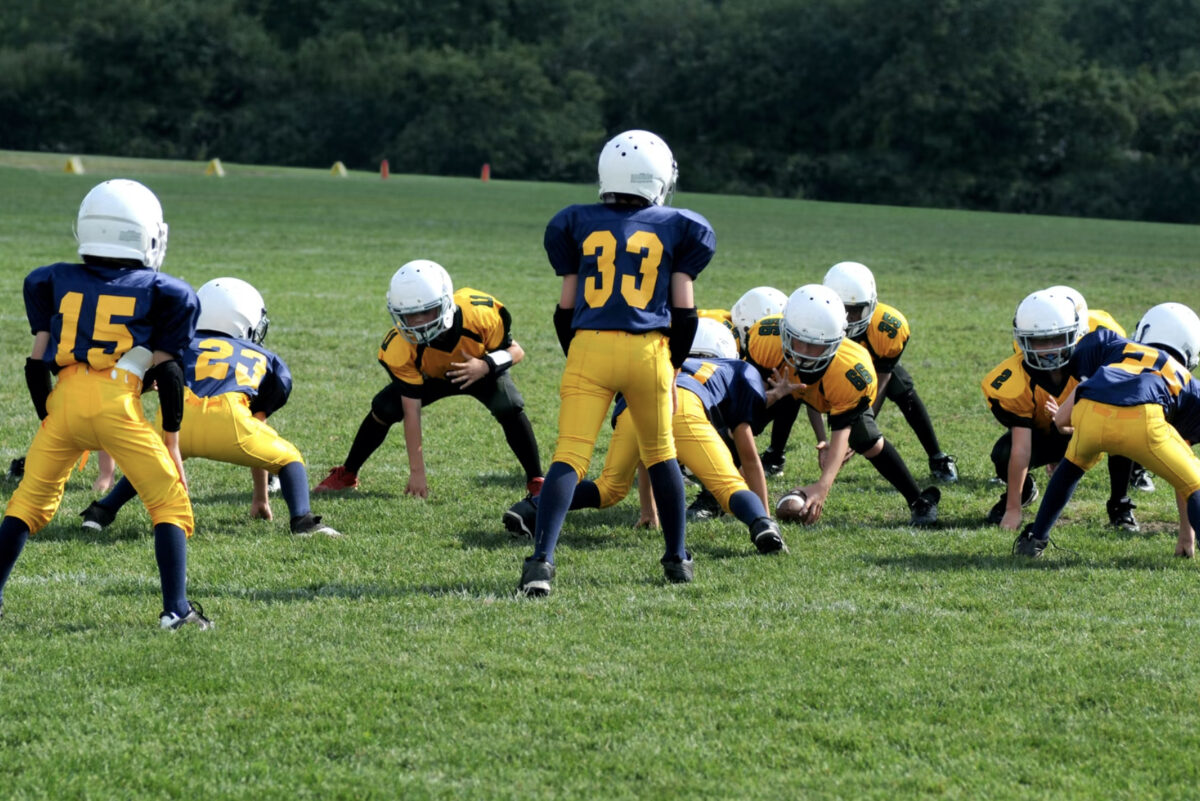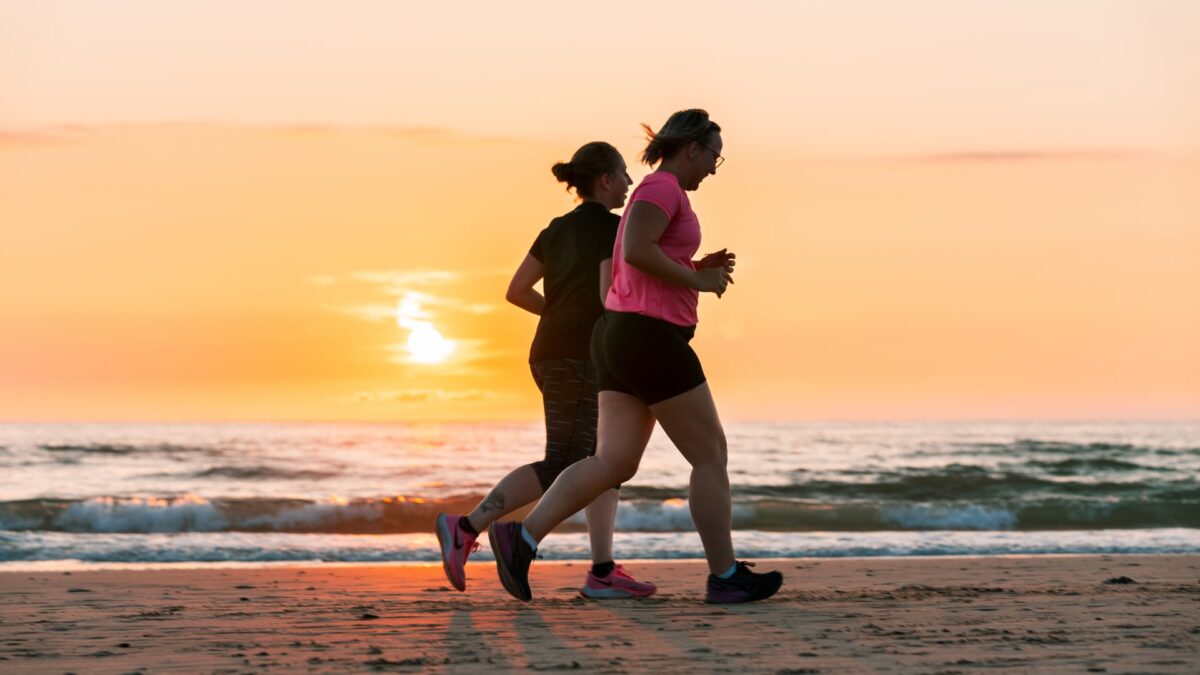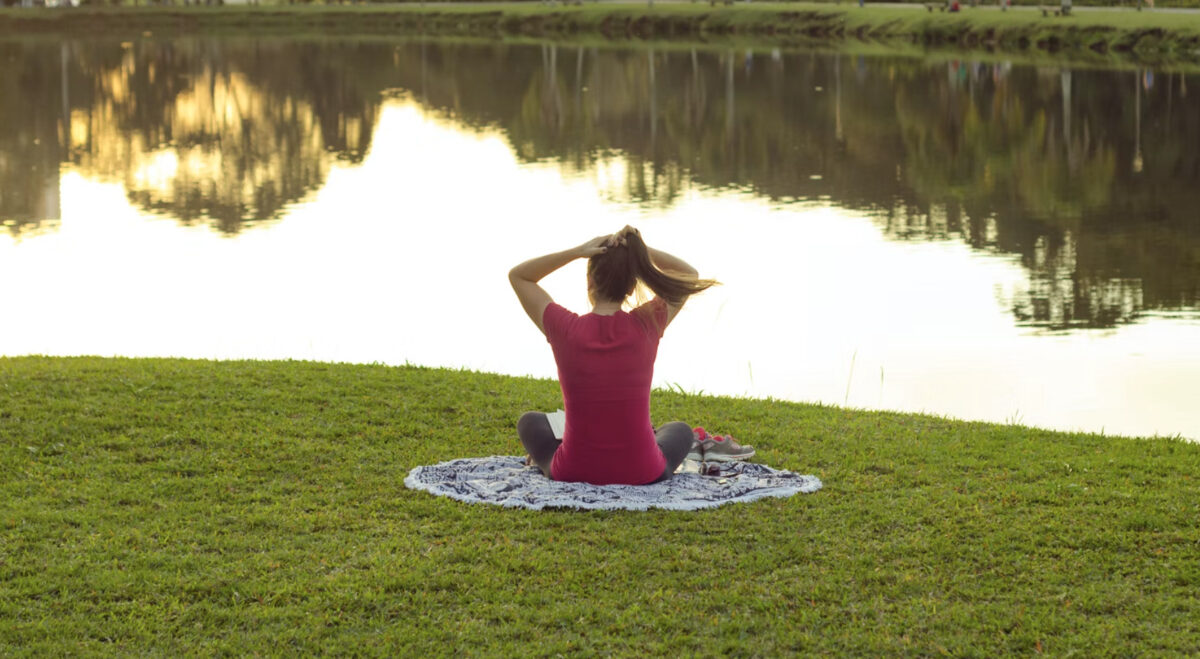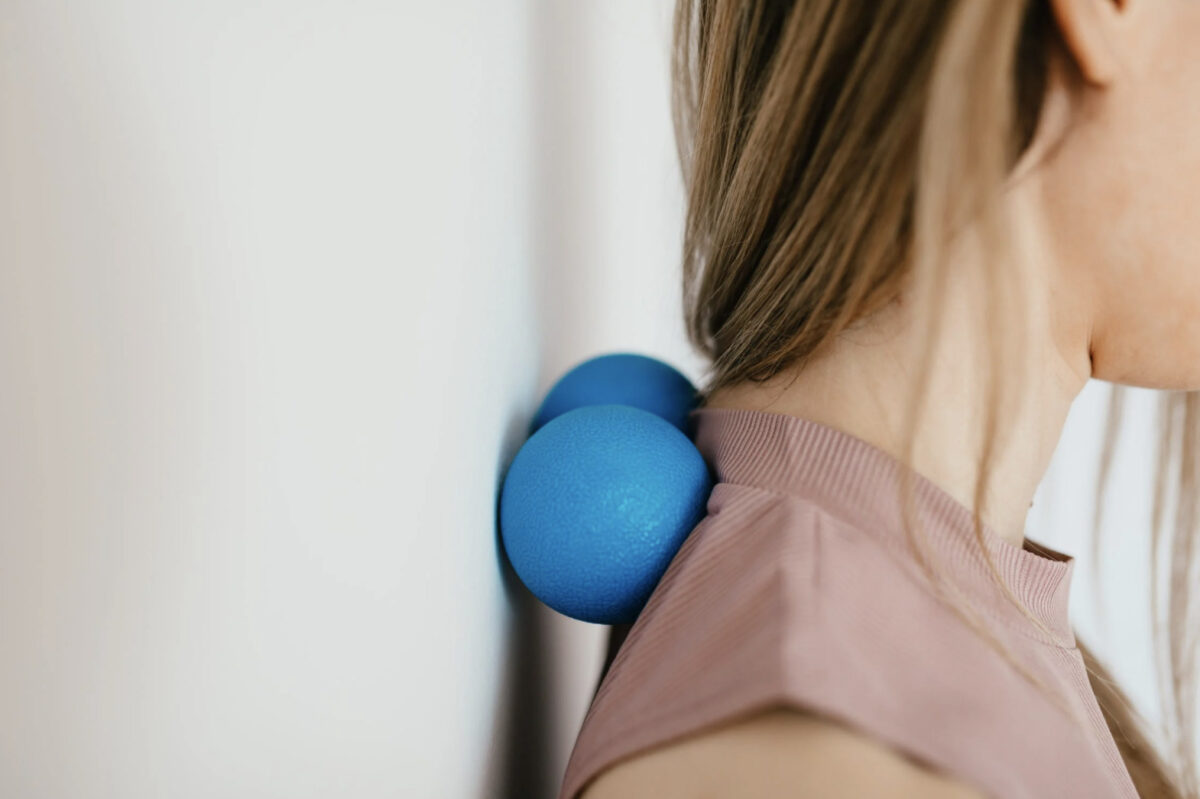By Dr. Tamara Kung, ND
Intermittent fasting is a popular topic of conversation in the health and wellness realm, and with that, there is also confusion. The reality is, this is not just a trend, but an actual skill many of us can use to better our health.
I say this is a skill because we can use fasting to counter, or balance, the current food system that is available 24/7 and prompts us to eat from the moment we wake up to the moment we go to bed. This abundant supply has created an evolutionary mismatch between our biology and our environment.
Our society has conditioned us to the schedule of 3 meals a day plus snacks, totalling an average of 5-6 meals a day. This chronic, constant eating pattern can be a significant contributor to much of the weight gain and chronic disease associated with elevated insulin and inflammation. This is where fasting comes in.
Intermittent fasting involves cycling between periods of eating and fasting, and when practiced thoughtfully provides us with some health advantages. Fasting is different from starvation. Starvation is out of our control with no known end, and with nutrient deficiencies. Fasting is something we control, and typically approach from a adequate or over nourished state.
Studies in humans and mice have demonstrated fasting to improve metabolic, gut, and cognitive health, in addition to potential longevity benefits.
The concept behind intermittent fasting is simple: it revolves around specific timing for meals which create designated fasting and eating windows in your day. Common methods include the 16/8 method, where individuals fast for 16 hours and eat during an 8-hour window, the 5:2 method, which involves regular eating five days a week and reduced caloric intake for two days, and the 24-hour fasting method, where entire meals are skipped for a full day.
Scientific research supports intermittent fasting’s effectiveness. It triggers a state of ketosis, wherein the body uses stored fat for energy instead of glucose, leading to efficient fat burning and potential weight loss. Additionally, intermittent fasting improves insulin sensitivity, reduces insulin resistance, and encourages cellular repair processes, which can contribute to overall metabolic health and protect us from conditions like heart disease, stroke, cancer, and diabetes.
Fasting has been linked to potential longevity benefits. It can initiate a process called autophagy, which prompts our cells to repair and remove non-functioning cells. This is one reason some lean into fasting to protect themselves from age-related diseases.
Intermittent fasting may also positively impact cognitive function. Some proponents claim it enhances mental clarity and focus by increasing brain-derived neurotrophic factor (BDNF) production, which is a protein associated with brain health. However, more research is needed to fully understand its effects on human cognition.
Some of my personal reasons for fasting is that it teaches me patience, helps me counter periods of big feasting, and supports me while I travel. An example of patience comes in when we are drawn to a bakery window. When you know you can fast, you don’t need sugar for fuel and can rely on your fat stores. Cravings for those baked goods are reduced and you can choose whether you want to wait until you get quality Real Food, or you indulge in that croissant occasionally.
I also like to fast after holiday feasts because I can eat two days’ worth of delicious food in those situations. Think Thanksgiving or big weddings.
Fasting is also helpful when I travel, as airports and the open roads are notorious for their lack of Real Foods. I often just drink water and wait for something worth my while at my destination where I can sit down with friends or family and enjoy a real meal!
While intermittent fasting offers numerous advantages, it may not be suitable for everyone. Pregnant or breastfeeding individuals, those with a history of eating disorders, or certain medical conditions should approach it cautiously and seek professional guidance. Please speak with your health care provider or Naturopath for a proper assessment and to help you select a fasting routine best suited to your body and health goals.
Like learning any skill, I recommend starting slowly and working towards improving over time. It will be worth it in the long run.
Reference:
The Obesity Code, by Dr. Jason Fung
Moore MN. Lysosomes, Autophagy, and Hormesis in Cell Physiology, Pathology, and Age-Related Disease. Dose Response. 2020 Jul 7;18(3):1559325820934227. doi: 10.1177/1559325820934227. PMID: 32684871; PMCID: PMC7343375.
Welton S, Minty R, O’Driscoll T, Willms H, Poirier D, Madden S, Kelly L. Intermittent fasting and weight loss: Systematic review. Can Fam Physician. 2020 Feb;66(2):117-125. PMID: 32060194; PMCID: PMC7021351.

